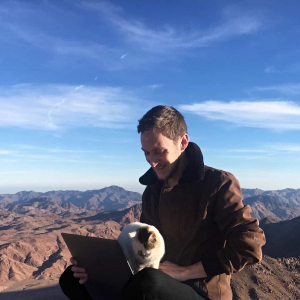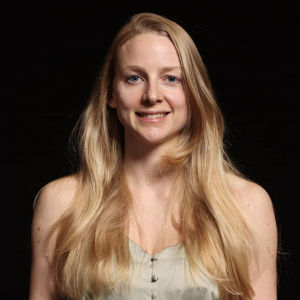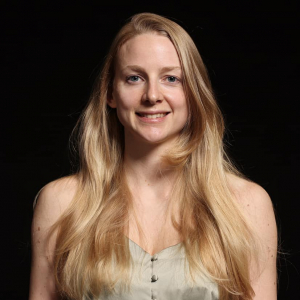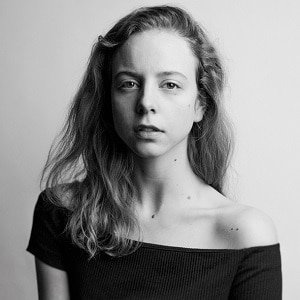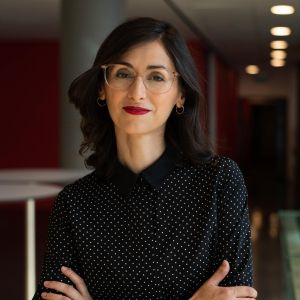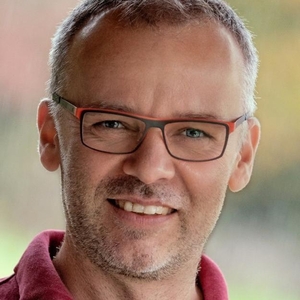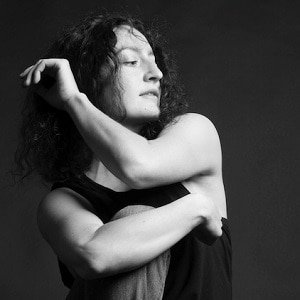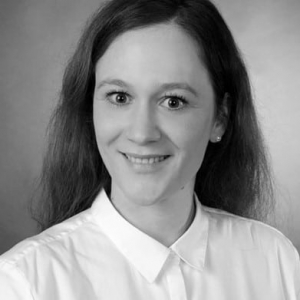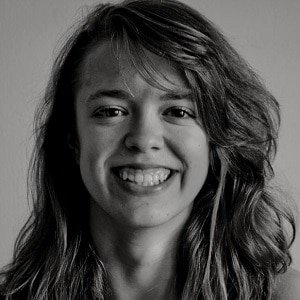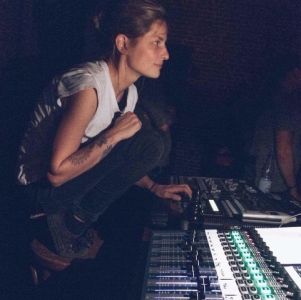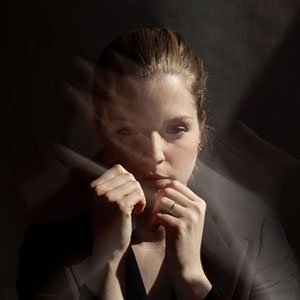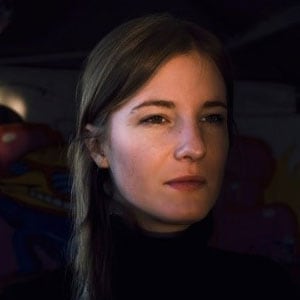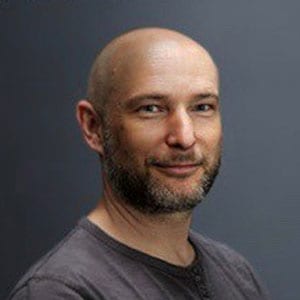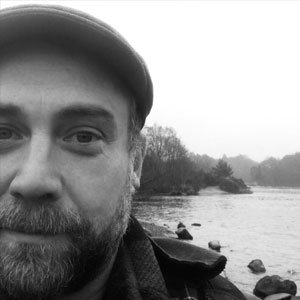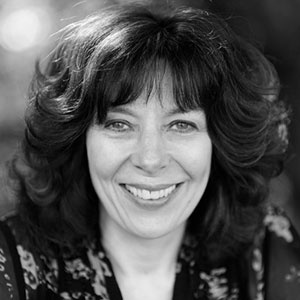‘One Second it’s There…’
Bewegung, Zeit, Raum und Tanz in Galerien und Museen
Eine Antwort auf die Veranstaltung von Emmie McLuskey.
Hier finden Sie eine Aufzeichnung und Reaktion auf einen Tag mit Vorträgen, Provokationen, Vorlesungen und Performances, initiiert und produziert von Elisabeth Schilling, Tim Nunn und Simone Stewart anlässlich von Schillings Performance von ‘FELT’ / der Schottland Tournee FELT in der Hunterian Gallery der Universität Glasgow.
‘Wie bei jedem Ereignis ist es schwierig, eine Erklärung oder Reaktion auf einen ganzen Tag lang Diskussion, Performance, Teilnahme und Vorträge in schriftlicher Form wiederzugeben und zu kommunizieren.
Im Programm des Tages wurde ich als Berichterstatterin aufgeführt – nachdem ich gegoogelt hatte, was
dies bedeutete “eine Person, die von einer Organisation ernannt wird, um über die
den Verlauf des Events zu informieren,” versuchte ich mir zu überlegen wie dies aussehen könnte.
Wissen und die Anhäufung dessen, ist so oft in Hierarchien eingebaut, Schriftliches wird Visuellem bevorzugt, ein visuelles Wesen über ein gefühltes usw. Dokumentation von Performancepraxen, die endlose Probleme und Lösungen aufwerfen. Ich wollte versuche, die an diesem Tag geteilten Informationen so gut wie möglich aufzuzeichnen und weiterzugeben, ein subjektive Perspektive auf das, was für mich an die Oberfläche kam, meine Gedanken tauchen durchweg auf, formell zu erforschen, wie sich diese Kenntnisse überschneiden und voneinander abweichen.’
Emmie McLuskey
Image: Martine Pinnel

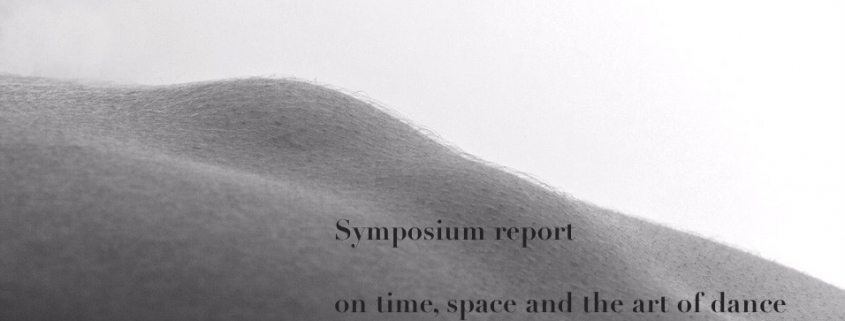
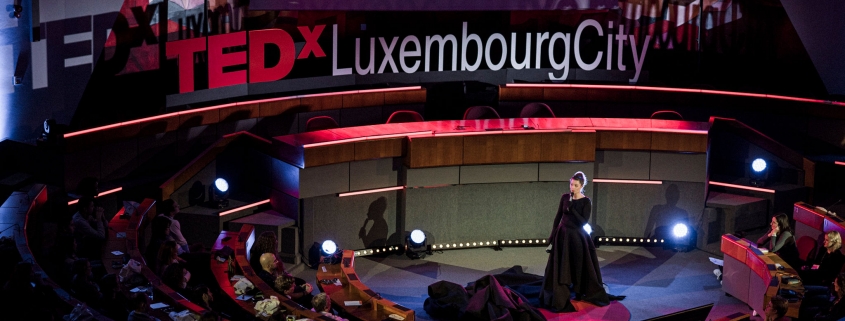
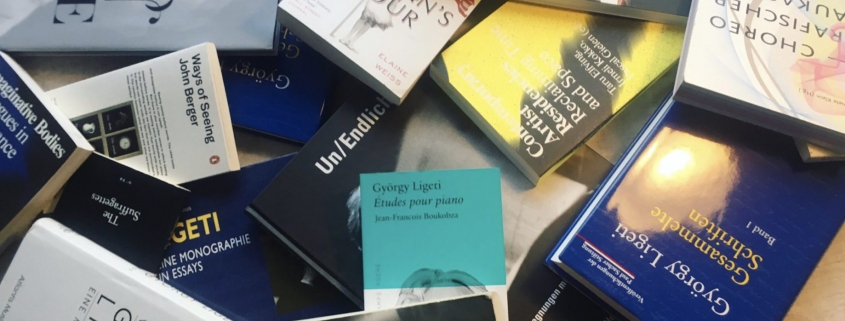
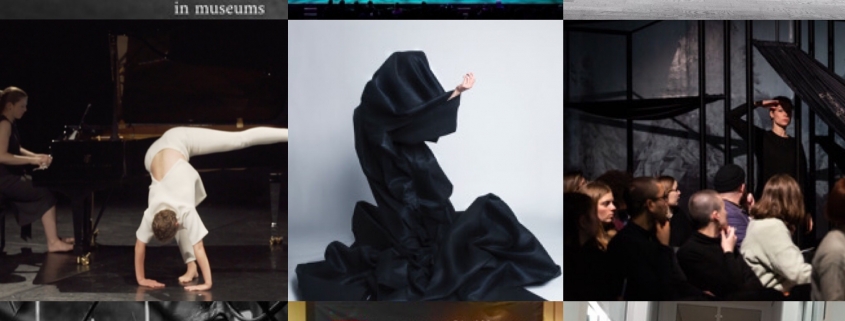
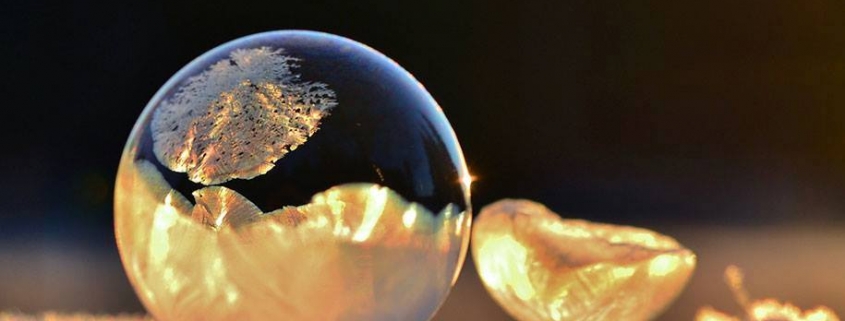

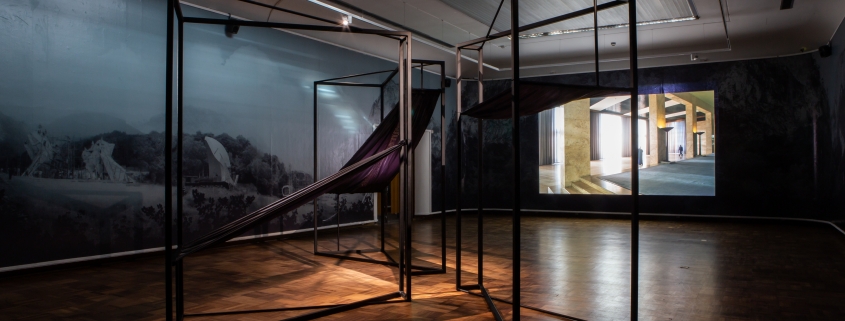
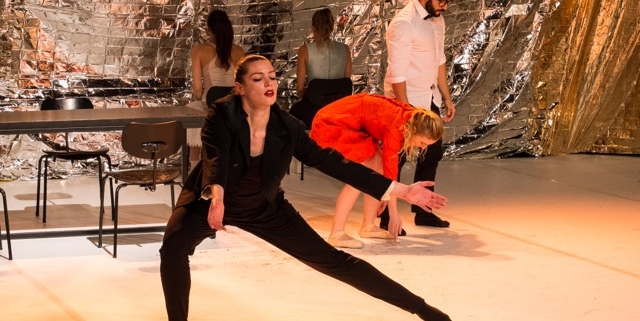
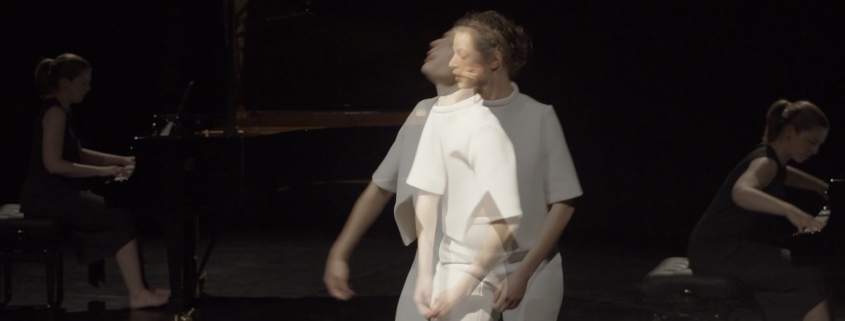
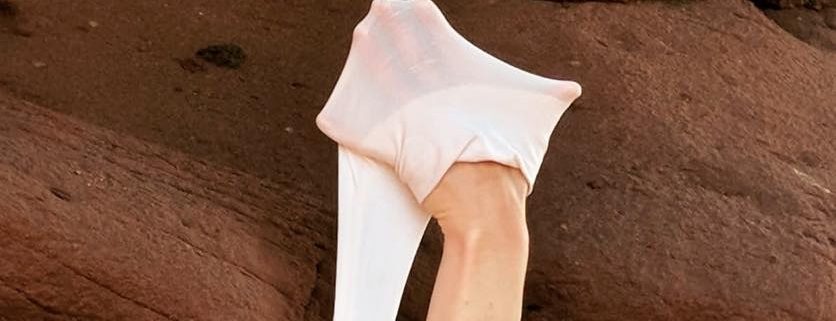




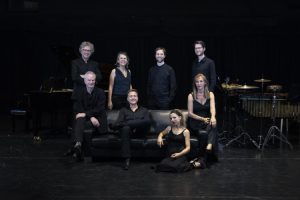
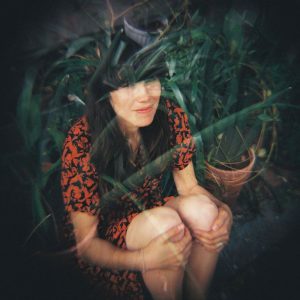




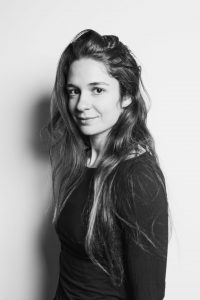
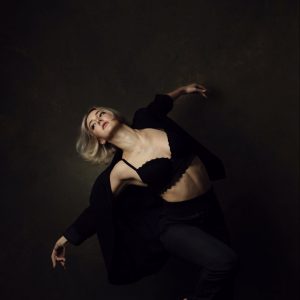
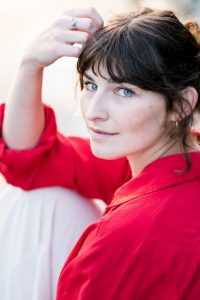
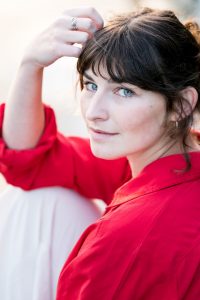
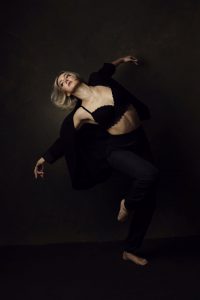
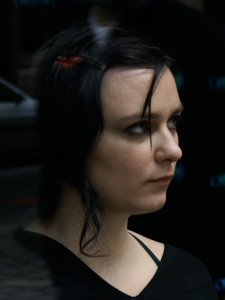



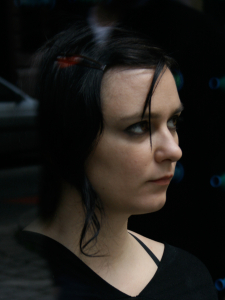


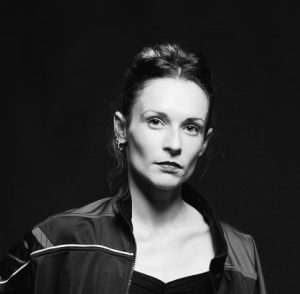 Lou begann im Alter von 5 Jahren in ihrer Heimatstadt zu tanzen. Im Jahr 2012 schloss sie sich dem Ballet Junior de Genève an, wo sie Werke von renommierten Choreografen wie Andonis Foniadakis oder Hofesh Schechter tanzte. 2016 schloss sie sich dem Kamea Dance Cie in Israel an, wo sie unter anderem Werke des Regisseurs Tamir Ginz, aber auch von Nacho Duato und Marco Goecke tanzte. Seit 2020 ist sie als Gasttänzerin am Grand Théâtre de Genève engagiert und arbeitet seitdem als freischaffende Tänzerin.
Lou begann im Alter von 5 Jahren in ihrer Heimatstadt zu tanzen. Im Jahr 2012 schloss sie sich dem Ballet Junior de Genève an, wo sie Werke von renommierten Choreografen wie Andonis Foniadakis oder Hofesh Schechter tanzte. 2016 schloss sie sich dem Kamea Dance Cie in Israel an, wo sie unter anderem Werke des Regisseurs Tamir Ginz, aber auch von Nacho Duato und Marco Goecke tanzte. Seit 2020 ist sie als Gasttänzerin am Grand Théâtre de Genève engagiert und arbeitet seitdem als freischaffende Tänzerin.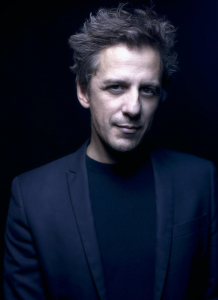
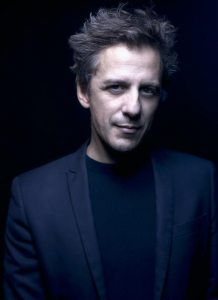
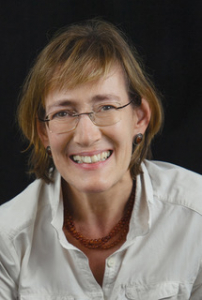
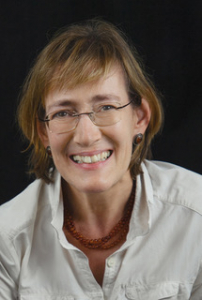
 Johanna Schmitt
Johanna Schmitt Johanna Schmitt
Johanna Schmitt